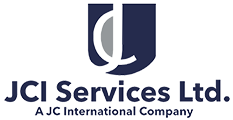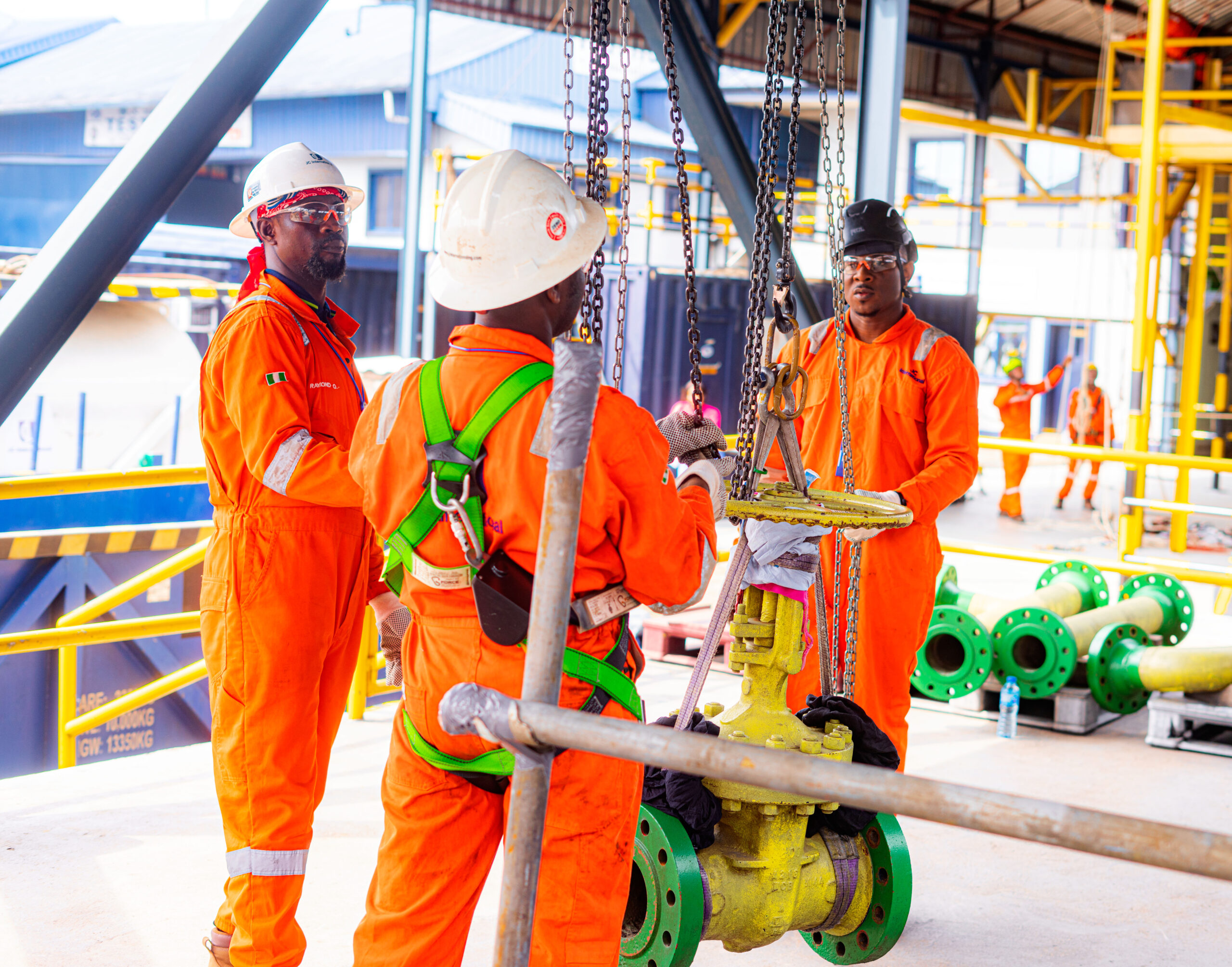Rigging operations are the backbone of many industries, especially in oil and gas, construction, and heavy equipment handling. But with great responsibility comes great risk. Even the smallest mistake during a rigging operation can lead to equipment damage, downtime, or worse, serious injuries. That’s why understanding the most common rigging mistakes and how to avoid them is crucial for anyone working with heavy loads.
Let’s dive into the most frequent rigging errors and how you can eliminate these risks with proper training.
1. Incorrect Load Weight Estimation
One of the most dangerous rigging mistakes is underestimating the weight of the load. A miscalculated load can cause rigging equipment to fail, leading to accidents or damage. Rigging systems must be designed to handle the actual weight safely, but this requires knowing the load’s weight down to the smallest detail.
How to Avoid It: Proper training in load calculations is essential. At JCI Services, we teach you how to accurately assess load weights and select the right rigging gear to ensure safe lifting every time. Understanding weight distribution and knowing the load’s center of gravity are key lessons in our 3-day Rigger Training.
2. Using the Wrong Equipment
Selecting the wrong rigging equipment for a job is a common but avoidable mistake. Whether it’s using chains when slings are more appropriate or choosing a hook with insufficient capacity, using the wrong tools can jeopardize the entire operation.
How to Avoid It: Our rigger training covers how to choose the correct rigging equipment for various tasks. You’ll learn the difference between chains, slings, shackles, and hooks, and when each is best suited for specific lifting operations.
3. Ignoring Equipment Inspection
Wear and tear on rigging equipment is inevitable, but overlooking routine inspections can have disastrous consequences. Using damaged or worn-out slings, shackles, or chains during a rigging operation significantly increases the risk of failure.
How to Avoid It: At JCI Services, we emphasize the importance of regular inspection and maintenance in our training course. We train you on how to inspect equipment for signs of damage and how to properly maintain tools to extend their lifespan and ensure safety during every lift.
4. Inadequate Communication During Lifts
Rigging operations require close coordination between the rigger and the crane operator. Poor communication—whether due to unclear hand signals or lack of verbal commands—can lead to dangerous miscalculations and errors during lifting.
How to Avoid It: Our training program ensures you master both verbal communication and hand signaling techniques. We teach you how to communicate clearly and efficiently with crane operators, so everyone involved in the lift knows exactly what’s happening at every stage.
5. Overloading Rigging Equipment
Overloading rigging equipment is a recipe for disaster. Every piece of rigging gear, whether it’s a sling, chain, or crane hook has a rated capacity, and exceeding that capacity can cause the equipment to snap or fail.
How to Avoid It: In JCI Service’s Rigger Training course, we provide in-depth training on load limits and how to avoid overloading. You’ll learn how to calculate safe working loads for different rigging equipment, ensuring you never push the limits and always work within safe parameters.
6. Improper Rigging Angle
The angle at which a load is rigged can affect the amount of stress placed on the rigging equipment. A common mistake is rigging loads at improper angles, which can reduce the working load limit and increase the risk of failure.
How to Avoid It: Our training includes lessons on how to rig loads at the correct angles. You’ll learn about load distribution and how different angles affect equipment performance.
How JCI Services can help you avoid these mistakes
The best way to avoid these common rigging mistakes is through proper training, and that’s where JCI Services comes in. Our IADC accredited 3-day Rigger Training in Uganda is designed to provide you with the knowledge and hands-on skills you need to carry out rigging tasks safely and efficiently.
With JCI Services, you’ll learn from industry experts who have years of real-world experience in rigging operations. Our comprehensive course covers everything from load calculations and equipment selection to inspection, maintenance, and communication techniques. You’ll leave with the confidence to avoid these common mistakes and execute flawless rigging operations on the job.
Become a Certified Rigger in just 3 Days
If you’re serious about advancing your career in the oil and gas industry in Uganda or other sectors requiring rigging expertise, now is the perfect time to act. Our next Rigger Training begins on October 28th to 30th, 2024, in Kampala, Uganda.
In just three days, you’ll gain the skills, knowledge, and certification to become a qualified rigger, ready to tackle any challenge in the field.
Register today and take the first step toward a safer, more successful career.
Call us on +256 700 422 795 or send an email to training@jciservices.com


how long and the qualifications for the training.
Hello Mawadri, thank you for getting in touch! Our Rigger Training spans 3 days and is packed with essential skills. For more details, feel free to email us at training@jciservices.com. We look forward to hearing from you!